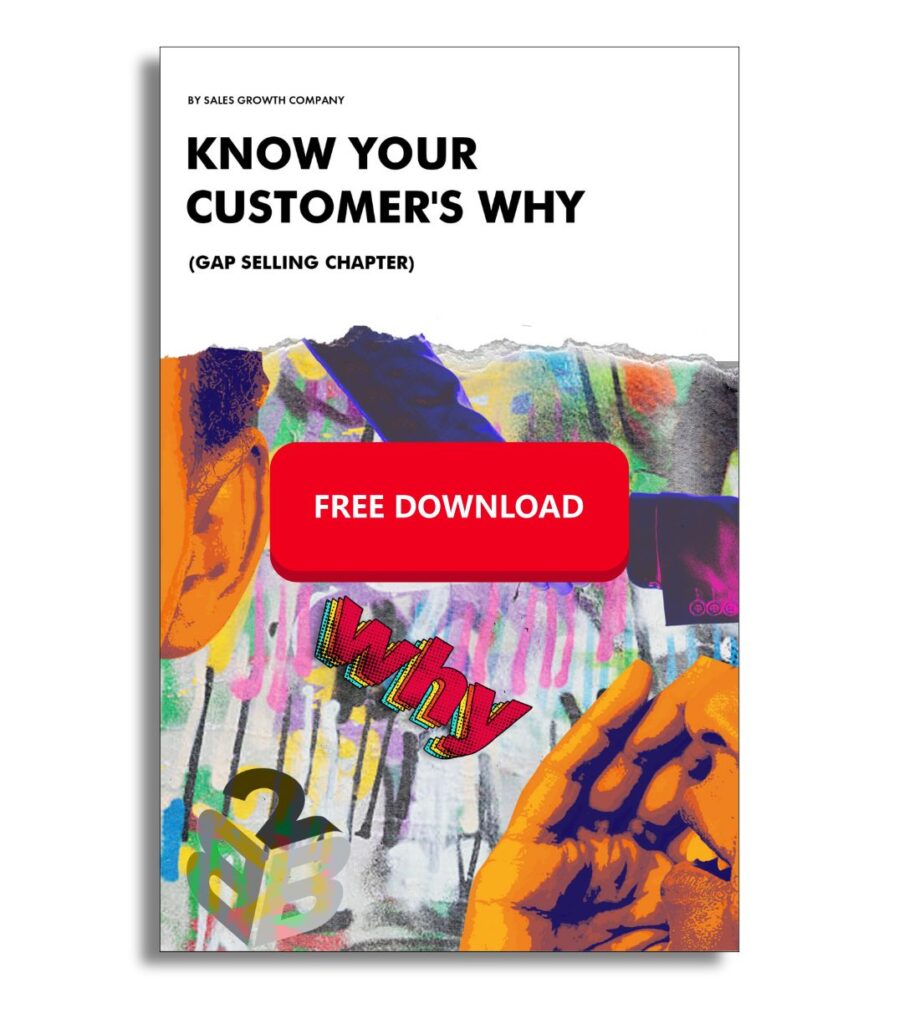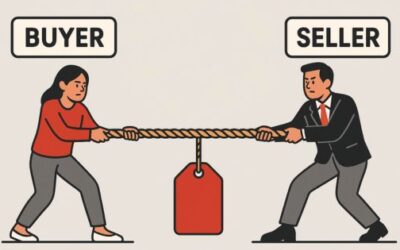It looks like a client of mine is about to lose a massive deal. A serious sales failure is unfolding and the root of the problem? The seller has no fucking clue what they’re selling.
When I say that, I don’t mean they can’t list the product’s features. I mean they’re completely in the dark about why the client needs to buy. They don’t know what the motives for change are. They know jack shit about the competition. They couldn’t tell you if the competition is a better fit, because they don’t understand what the prospect is trying to do. For all intents and purposes, they know nothing about what they’re selling, why the prospect needs it, and the impact to their organization of not changing.
This is why they’re gonna lose this deal.
Challenging a Customer
On the surface, all of these issues are a problem, but it’s the result of these missteps that I want to highlight. Because this seller has little to no clue what’s happening in this sales, they’re in no position to try and save it.
To save a deal, we have to be ready and capable of challenging the customer. Saving deals rests almost solely on our ability to challenge our customer, and when we can’t, we’re dead in the water. We hear a lot about challenging prospects, and there isn’t a time when this is more critical than when trying to save a deal you’re about to lose.
Why Deals Slip
When we’re in a position where a deal requires saving, it’s because we messed up somewhere. We didn’t deliver the right value, we missed a key buying signal, we didn’t understand the buying process, we didn’t capture the client’s motivations, we didn’t understand the competition, etc. The irony? This is the very information we need to save the deal.
When we don’t have this information, saving a deal is almost impossible. We can’t argue why our solution is a better choice and that they’re making a poor decision because we don’t know what their problems are. We don’t know anything about the competition.
Know the Customer
Saving a deal is as complex as the deal itself, that’s why so few can be saved.
Saving a deal requires the same things selling the deal required. Therefore, in order to save a deal you need to know, why the customer is buying in the first place and what they expect to get from buying.
You need to know what future state they are trying to achieve. You need to know why, why it matters and why the current state is not acceptable. You need to know what other options they have and who you’re competing with. What other solutions are available to them and how does your solution stack up to the alternatives.
I’m not saying deals can’t be saved, because they can. I’ve seen it. But it doesn’t happen very often.
Deal Saving Tactics
When a deal is saved, one of two things happen. The sales person already knew all the above and made a mistake somewhere in the selling process. When this is the case they are able to pivot their deal strategy quickly in order to get the buyer to reevaluate their decision. The seller identifies a gap in the buyer’s decision process and they are able to highlight that gap and its’ negative consequences to the buyer.
When this happens the buyer re-opens the deal to the seller for further evaluation to ensure they are making the right choice. (This doesn’t include dropping the price. In my opinion, discounting a deal heavily to get back into the cycle doesn’t count as saving a deal). This isn’t common but it happens. Things can be missed in the sales cycle, creating gaps.
The Do-Over
The other scenario, and it’s extremely rare, is when a sales person recognizes they have none of the above information and are able to get a buyer to slow down the process and give them a chance to recalibrate. This typically happens when a seller has a strong relationship with the buyer or someone influential. Basically, the seller is given the chance to fall on their sword, express they didn’t do a great job articulating the value, and asks for another chance.
If the buyer says yes, they use this precious time to get all the discovery information they didn’t get initially and deliver a strong value proposition on the fly. This is no small order and rarely works. Just thinking about it is giving me anxiety.
The Results of Bad Selling
Saving deals is a bitch. It’s a position you don’t want to be in. If you’re in a position where you have to “save it,” nine out of ten times it’s because you fucked up. You didn’t sell it right.
There is nothing heroic about saving a deal, unless you were brought into clean up someone else’s mess. Saving a deal is more like plunging your own toilet. You’re happy you were able to get the shit to go down, but everyone’s pissed it happened in the first place.
Don’t put yourself in a position where you have to save deals. It’s just bad selling.



0 Comments